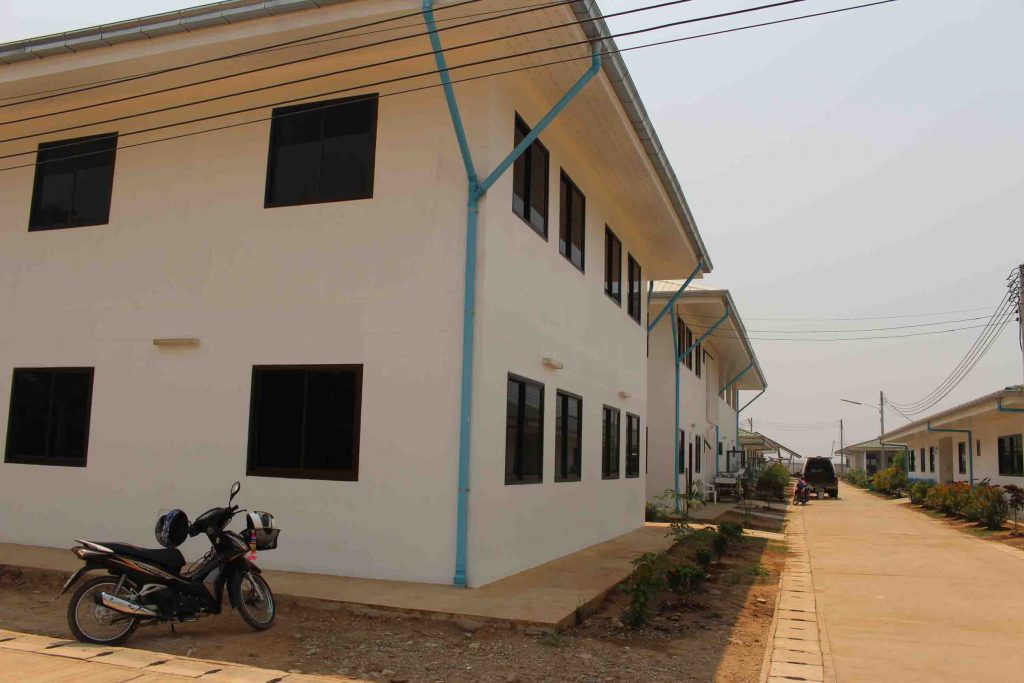Dr Cynthia would never have thought when she founded the Mae Tao Clinic on the Thai-Burmese border nearly 30 years ago that she would one day be running a health facility that treats over 100,000 patients a year. But now the clinic that started in one room with a rice cooker to sterilise instruments is moving a new location, on land that is no longer rented from the Thai government, and no longer prone to flooding.
Dr Cynthia is a Karen woman working to improve the welfare of displaced people — from neighboring Karen State and all over Burma, and from among the ranks of the vast Burmese migrant community In Thailand. Some have passports, others are stateless. Every day, vulnerable people from Burma cross the border into Thailand searching for employment, escaping conflict or needing lifeline services like healthcare.
Despite the new government coming to power, the lives of displaced people will not improve overnight. It will take time to rebuild the health and education systems in Burma after half a century of military rule. In the meantime, the only option for many is to keep crossing the border to visit Mae Tao.

Expectant parents wait patiently on woodblock beds — mothers with one hand on their swollen bellies and the other fanning at sweat. The waiting room is modest yet well kept. The tiled floor is always swept and the plastic floral-printed bed covers are always wiped clean, yet still sticky in the heat. This is a sanctuary for mothers — many of them speaking ethnic languages — who want support from trained staff. Mae Tao provides free healthcare, with none of the hidden fees that are often charged in Burmese hospitals.

At the Mao Tao registration area the waiting room is a flurry of colourful prints. In the outdoor waiting area, pews of men dressed in longyis and women wearing traditional woven skirts of different patterns hint at the different ethnic regions they have travelled from. Some have walked for hours or even days.

Child mortality rates in Burma are among the highest in the world. In rural areas where 70 percent of Burma’s population lives, many child remain unvaccinated. Mae Tao provides free vaccinations for children with support from the Thailand government, which provides the vaccines.

The existing grounds of Mae Tao are a mixture of concrete slabs and dirt roadways between the various buildings. The grounds are cramped, with patients and health professionals weaving around potholes, stray dogs and open drains. The new grounds will have proper drainage and leveled concrete ground running between buildings.

Donations from the Japanese government made it possible for Mae Tao clinic to buy the land for the new clinic. The border clinic relies on donations for its operating expenses, and Dr Cynthia says that although more aid is being directed into Burma, it’s important for the international community not to forget the cross-border services vital for displaced people.


The new grounds will provide services that are unique to the Mae Tao Clinic, including two free meals a day and accommodation for patients and their families during treatment. A local artist is currently painting the finishing touches on wall murals that decorate the lodgings: scenes from Burma’s Inle lake, Bagan’s pagodas, democracy icon Aung San Suu Kyi and other postcard pictures. The new clinic will be officially open at the end of May.



The tale of the tortoise and the hare is a very fitting mural painted on the inside of one of the clinic’s buildings. The road to healthcare reform will take the route of the tortoise — it will take time to build up ready services, train new health professionals and integrate existing community health services into a central system — but the end of the race will result in less people fleeing Burma in desperate search for health services.




